Iceland is a beautiful place to visit. Most of the 304,000 Icelanders warmly welcome you to visit. The country is home to the oldest functioning legislative assembly in the world. Nestled between the Greenland Sea and the North Atlantic Ocean, the country is home to 130 volcanic mountains, the world’s largest glacier and the world’s greatest concentrations of geysers. During the winter, Iceland experiences Polar Nights when the sun does not shine, while during the summer, Iceland experiences Midnight Sun when the sun does not set. When you visit Iceland make sure to include these sites in your visit.
Check out these amazing hotel deals!
- Save up to 30% on your hotel in Hawaii!
- Last-minute holiday hotel deals
- Top hotel deals for a new year trip
- Visiting Paris? Find the Best Deals & Reviews at TripAdvisor.
- Save 30% on hotels in Ocean City, Maryland...a TripAdvisor Top 10 Summer Destination!
- Save up to 30% on your hotel on your Winter Vacation!
- Find top-rated hotels at the lowest prices on TripAdvisor. Check rates now!
- Save up to 30% on hotels for a romantic getaway!!
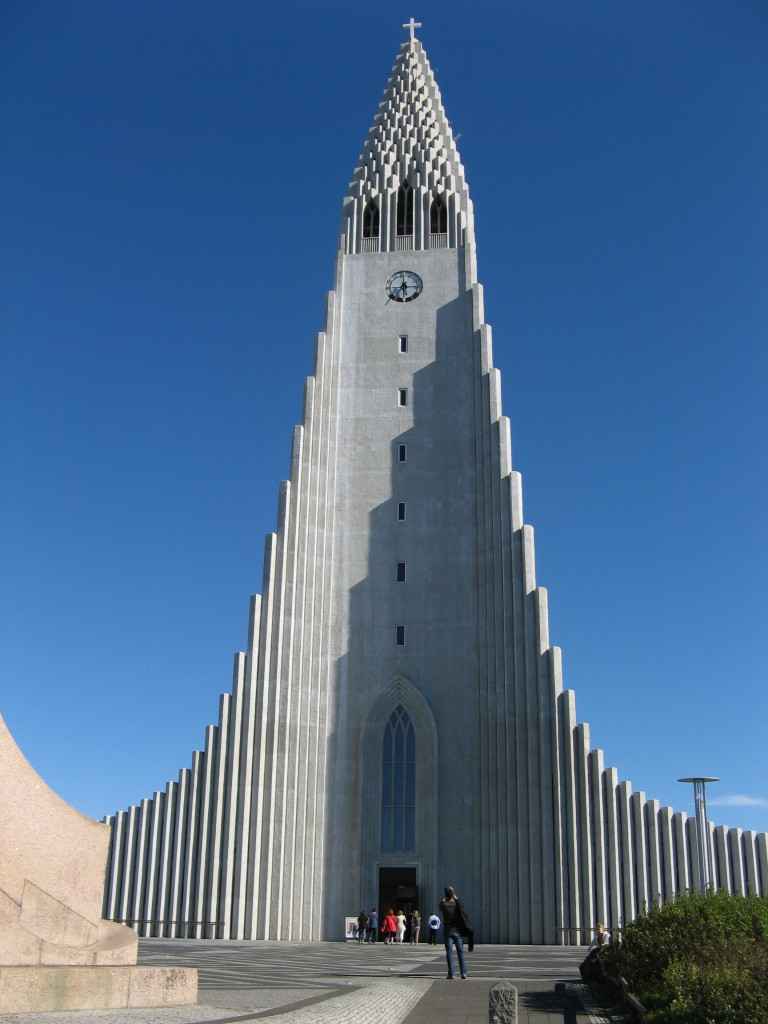
1. Hallgrimskirkja Lutheran kirkja
At 244 feet, the Hallgrimskirkja Lutheran kirkja (church) is the sixth largest architectural structure in Iceland. The building, which was completed in stages, took over 38 years to complete. The stylized concrete exterior is designed to look like the basalt Iceland lave flows. The church is named after Pastor Hallgrimskirkja who was a famous Lutheran pastor and writer of the Hymns of Passion. The building is open to visitors daily. Once inside, visitors can take an elevator to the bell tower to see amazing views of Reykjavik. The tower contains three bells to honor the pastor, his wife and their daughter who passed away at a young age. The gothic interior of the building contains one of the most impressive organs in the world. The organ that stands over 50 feet tall contains 5,275 pipes. The church frequently hosts concerts where famous organists from around the world play the organ. Just outside the church, visitors can see a statue of Lief Erickson that was a gift from the United States to commemorate the first European explorer in Iceland.
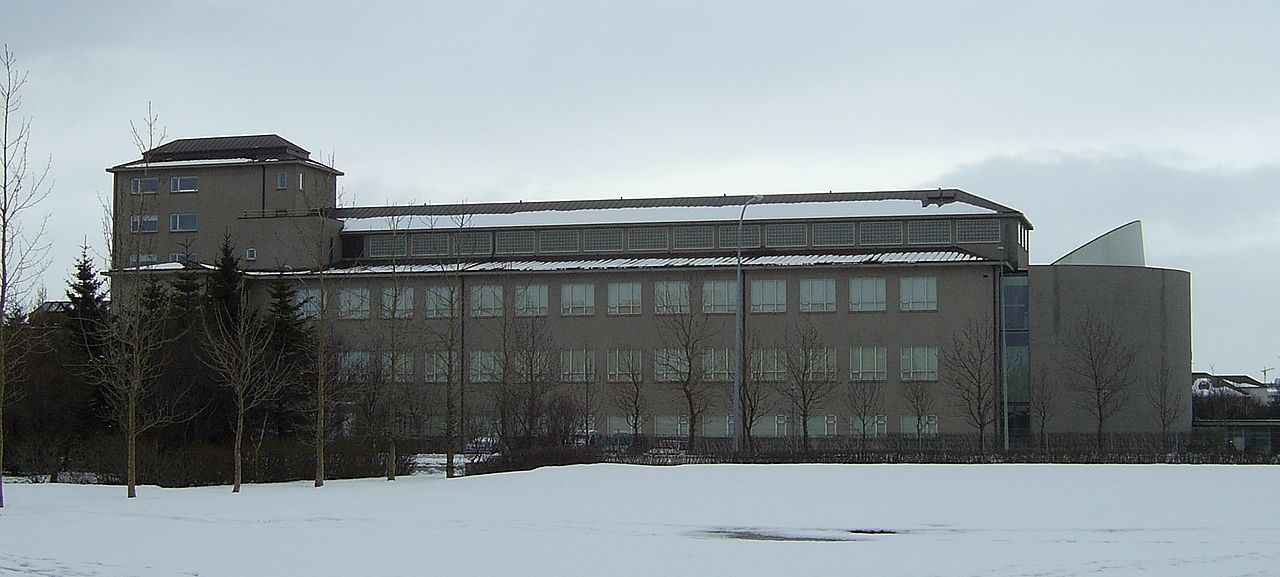
2. National Museum of Iceland
The National Museum of Iceland is located in Reykjavik. Guests to the museum are encouraged to go on a journey through time as they journey through the museum starting with the founding of Iceland in about 870 when settlers arrived mainly from Norway with a few settlers coming from British Isles. The museum then encourages guests to learn about the reign of Christian chieftains which began in about 1000 AD with the establishment of two bishoprics. Next, guests learn about the period that Icelanders swore allegiance to the king of Norway and the introduction of fishing to the country. Guests on the journey through time then learn about the time Iceland was under the King of Denmark and the introduction of the Lutheran church. Throughout the rest of the museum, guests learn about Iceland’s struggle to become independent. Many of the most valuable objects in the 2,000 object museum features a Christian theme including an original bound Guðbrandur’s Bible that was one of the first printed in the Icelandic language. Visitors who speak English find tours led in their native language several days a week.

3. Harpa National Museum of Iceland
The National Museum of Iceland is located in Reykjavik. Guests to the museum are encouraged to go on a journey through time as they journey through the museum starting with the founding of Iceland in about 870 when settlers arrived mainly from Norway with a few settlers coming from British Isles. The museum then encourages guests to learn about the reign of Christian chieftains which began in about 1000 AD with the establishment of two bishoprics. Next, guests learn about the period that Icelanders swore allegiance to the king of Norway and the introduction of fishing to the country. Guests on the journey through time then learn about the time Iceland was under the King of Denmark and the introduction of the Lutheran church. Throughout the rest of the museum, guests learn about Iceland’s struggle to become independent. Many of the most valuable objects in the 2,000 object museum features a Christian theme including an original bound Guðbrandur’s Bible that was one of the first printed in the Icelandic language. Visitors who speak English find tours led in their native language several days a week.
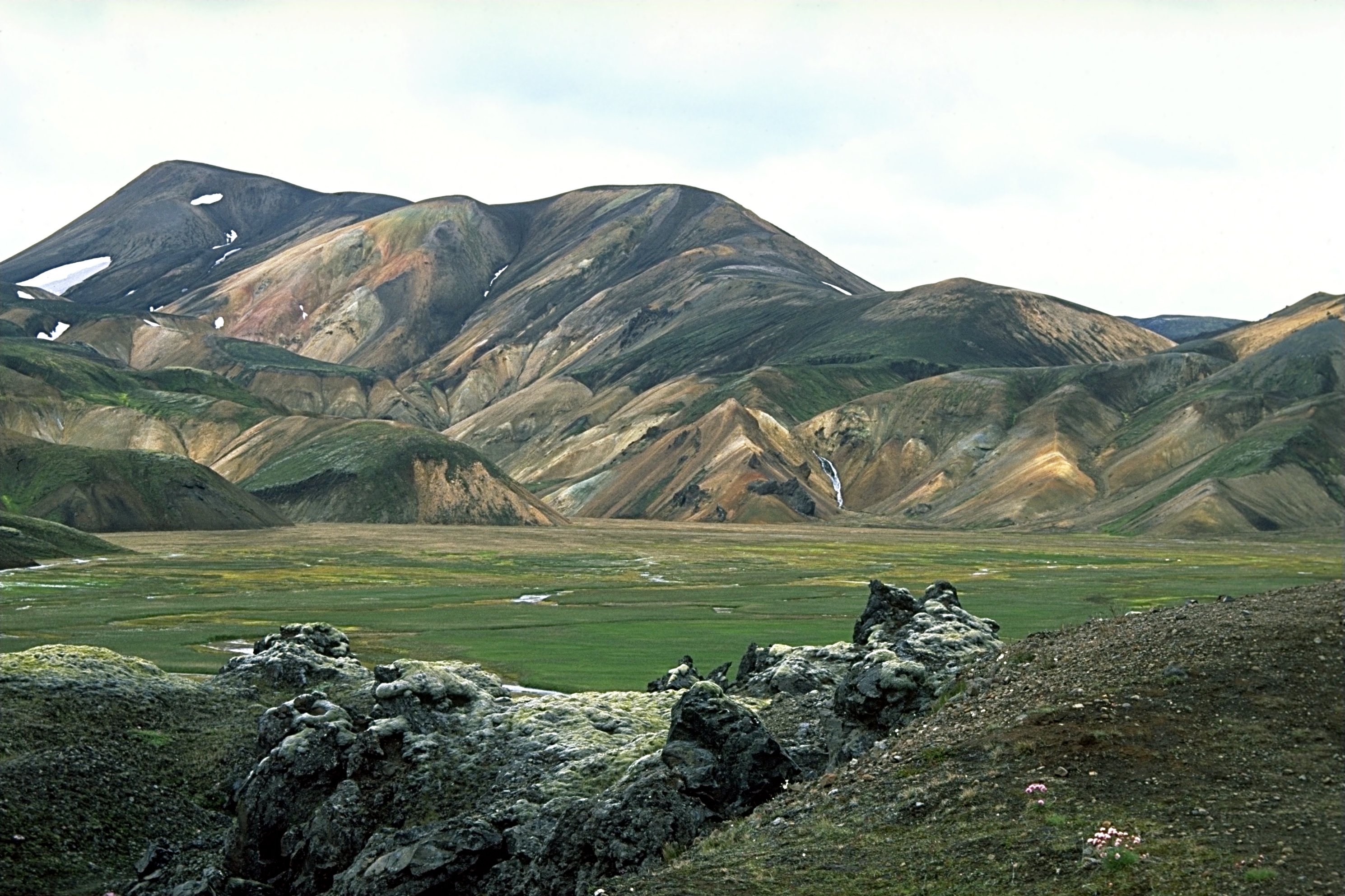
By Andreas Tille (Own work) [GFDL (http://www.gnu.org/copyleft/fdl.html) or CC BY-SA 3.0 (http://creativecommons.org/licenses/by-sa/3.0)], via Wikimedia Commons
4. Laugavegur Hiking Trail
The stunning 45-mile Laugavegur Hiking Trail is a great way to enjoy the natural beauty of Iceland. Most people choose to complete the trek in four days, although it is possible to do it in less time. In fact, each July, the Laugavegur Marathon is held here with winning times just over six hours. Most hikers choose to start their hike at Landmannalaugar and spend the first day passing through the Laugahraun Ice Field before arriving at Stórihver Hot Spring before hiking through fog and possibly snow to arrive at Hrafntinnusker where hikers should tour the amazing ice caves. The second day passes around snow-covered Háskerðingur Mountain, along the lush banks of Grashagakvísl River and treks along Álftavatn Lake where hikers frequently see and hear the extremely large whooper swans. On the third day, hikers wade through many streams as they wander through beautiful fields of colorful flowers to arrive at Markarfljótsgljúfur Canyon where they will be amazed at the many different colors of green as the scene unfolds before them. The final day of the hike, takes visitors around the gorgeous birch wood-filled Syðri – Emstruá Canyon.
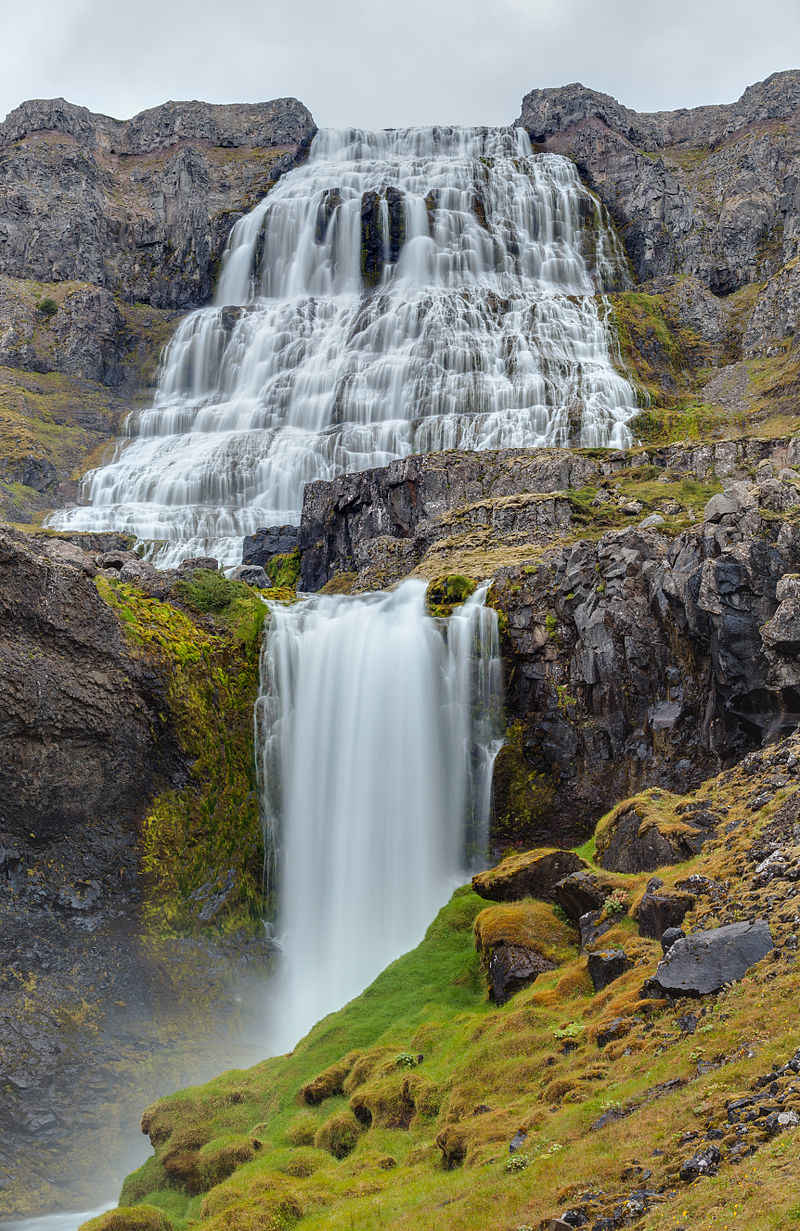
5. Dynjandi Waterfall
In Icelandic, the word Dynjandi means thundering or roaring. It is certainly an apt name for the beautiful Dynjandi Waterfall that thunders from a height of 330 feet into the Dynjandisvogur Inlet, located in the Amarjodour Fjord, below. Making this waterfall one of the most striking in the world, it is just 98 feet wide at the top widening to more than 196 feet at the bottom resembling a bride’s veil. While the Dynjandi Waterfall is the largest and most powerful, there are actually seven waterfalls in the immediate area. Visitors can thrill as they walk behind one of the smaller waterfalls while staying relatively dry. The waterfalls are fed by the massive ice blocks at the top of the waterfall. Climbing to see the Dynjandi Waterfall can be challenging, although it was made easier when volunteers installed natural stone steps in 1996. A popular activity is to camp or picnic at the bottom of the waterfall, although many campers find it hard to sleep because of the thundering noise of the waterfall.
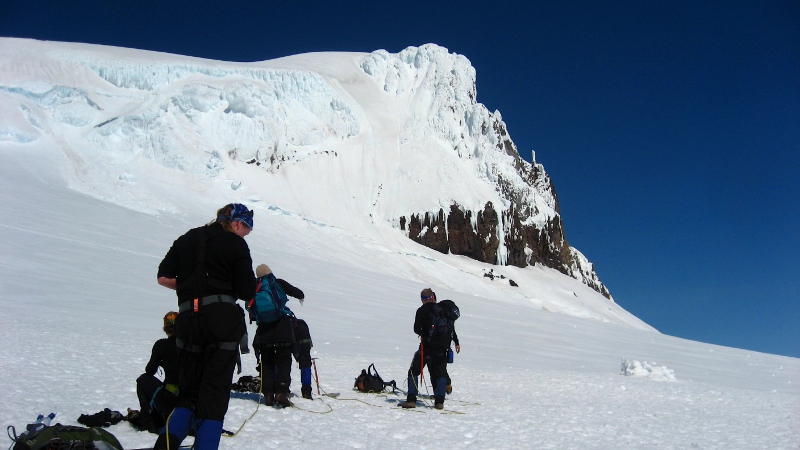
6. Vatnajökull National Park
Many visitors come to the beautiful Vatnajökull National Park each year because the weather is more favorable here than in many areas of the country. The park consists of five different areas each with its own spacious visitor’s center. Two of the most interesting centers are the Skaftafell Visitor Centre and the Höfn Visitor Centre. The Skaftafell Visitor Centre offers a film about how fire and ice formed the landscape. From this center, guests find a one-mile hike to see the stunning Svartifos Waterfall that is surrounded by hexagonal dark lava columns providing a stunning view. From the Skaftafell Visitor Centre, visitors can also hike to the Skaftafellsjökull Glacier. Many visitors also use this center as a base camp to explore Hvannadalshnjúku Mountain that is best accomplished with an experienced guide. Nestled along the bay, Höfn Visitor Centre is a popular stop for those wanting more information on the migratory birds that frequent the area. Lucky visitors to this center may see the Icelandic Gyrfalcon, the largest falcon in the world, the curious Puffin and the Red-necked Phalarope. The black sand beaches near the center provides a great place to watch for seals.
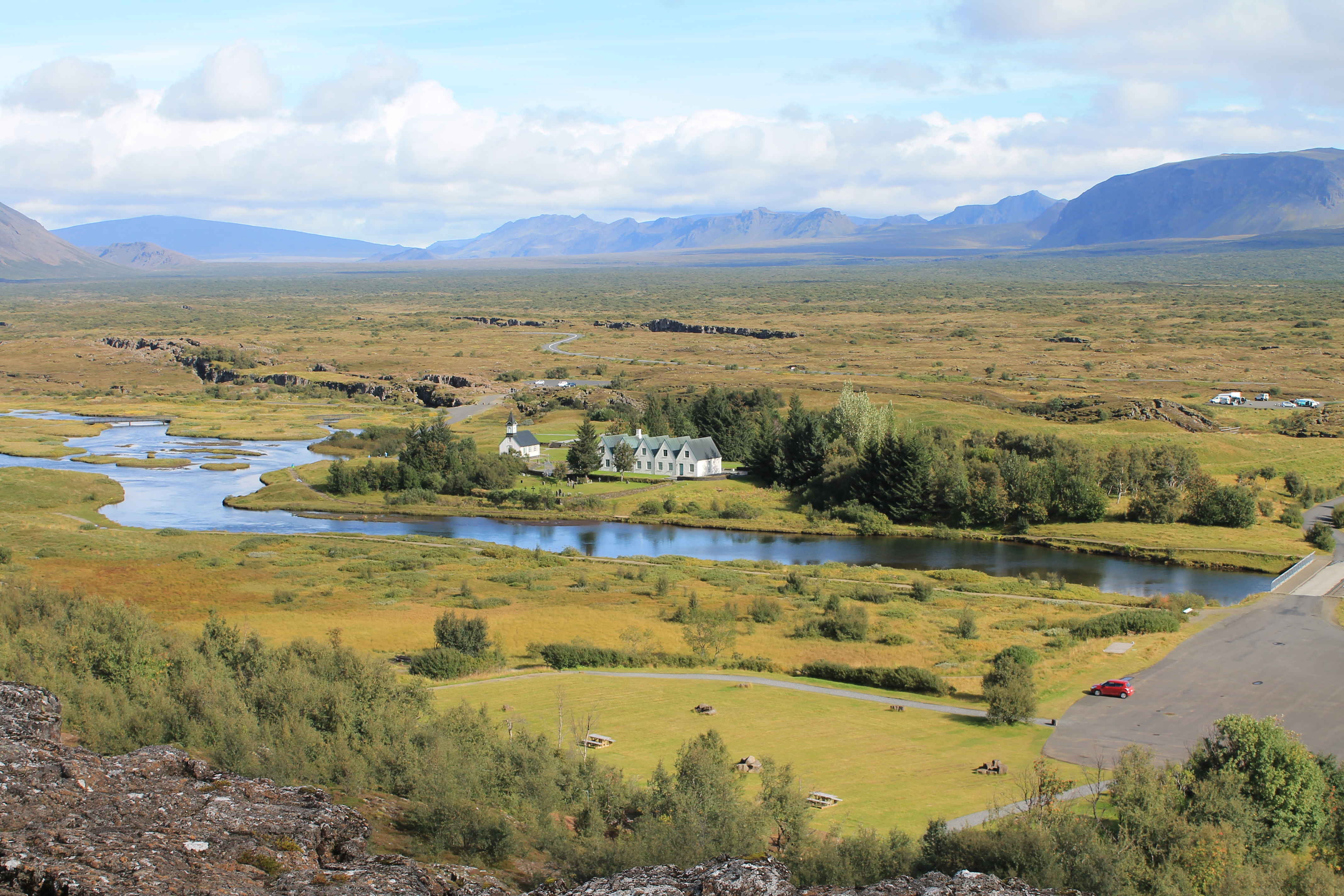
7. Thingvellir National Park
From 930 to 1798, men attended legislative proceedings on the shores of Lake Þingvallavat for two weeks in an open air meeting. Visitors to the park see fragments of 50 turf and stone booths built for this event called the Alþing. Visitors also catch a glimpse into how a Viking Age pioneer community organized itself, along with fragments from the 1700s and 1800s when the area was heavily grazed. Lake Þingvallavat, the second largest lake in Iceland, is popular with scuba divers who consider the Silfra rift to be of international caliber because of the water is extremely clear with divers often able to see over 325 feet. Scuba diving is also allowed at Davíðsgjá. The lake feeds into River Sog, the longest spring fed river of the country, which is often filled with salmon. Anglers find three of the five species of freshwater fish found in Iceland in Lake Þingvallavat; Brown Trout, Arctic Charr and the Three-Spine Stickleback. The park is also home to numerous hiking trails and has camping facilities.
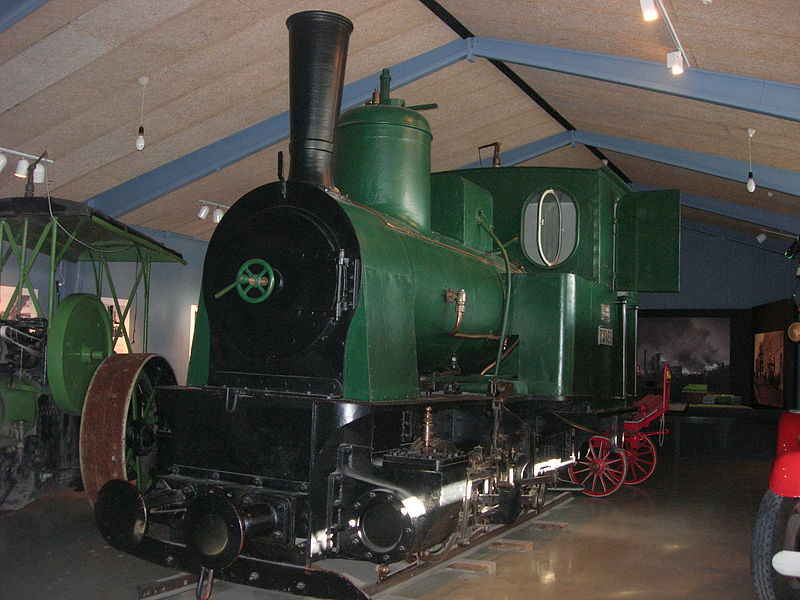
8. Arbaejarsafn open-air folk museum
The Arbaejarsafn is an open-air folk museum in Reykjavik. Originally located at the edge of town, the museum features over 20 buildings built around a farm and town square. The site was one of the first farms in the Reykjavik area and was given to the city as a public park in 1957. Since then, the farm has been renovated and a town square added where many original Reykjavik buildings have been relocated. The museum includes stables, sheds, a warehouse, businesses and industrial buildings. Costumed guides, many of whom speak fluent English, give guided tours of their assigned areas. The museum also contains one of two locomotives used to construct the nearby harbor. While guests can eat at the small café, this museum is also an outstanding place to have a picnic. Arbaejarsafn is very child friendly with a playground, domestic animals to be petted and a costumed guide to teach period games. The museum is open mainly in the summer, but is open at other times by special arrangement.
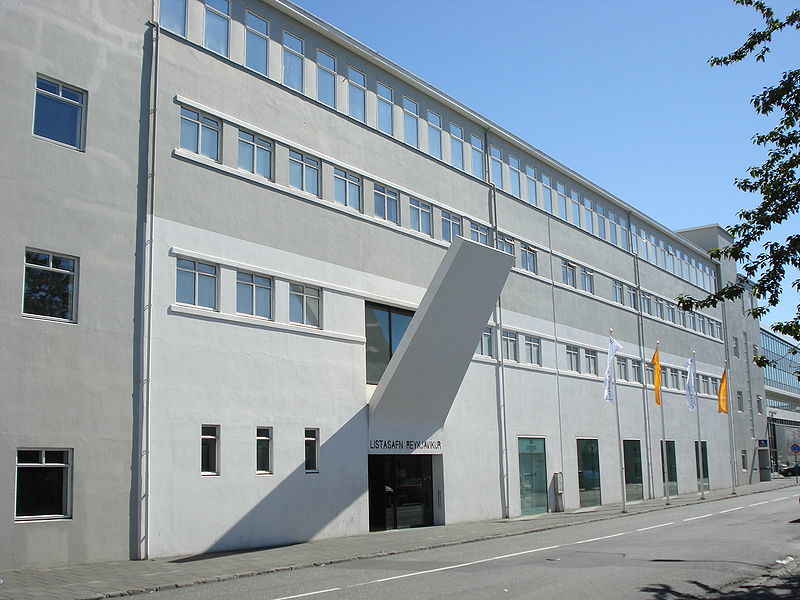
9. Reykjavik Art Museum
The Reykjavik Art Museum is housed in three distinct buildings in central Reykjavik. The museum features many works of Jóhannes Sveinsson Kjarval who painted mainly scenes from Icelandic village life that often contain mixed media and symbolic elements. Kjarval who trained at Royal Danish Academy of Fine Arts is the recipient of the Prince Eugen Medal by the King of Sweden. The museum also features work by sculptor Ásmundur Sveinsson often featuring men and women at work. The house where the Ásmundarsafn portion of the Reykjavik Art Museum is housed was designed by Ásmundur Sveinsson in the Bauhaus style. The museum also features works by post-modern artist Erró who did much of his work in Paris. Many of his works features comic book characters that he has recreated in his own unique way. The three museum locations also features many talented young artists from across Iceland and sometimes offers classes to the public.
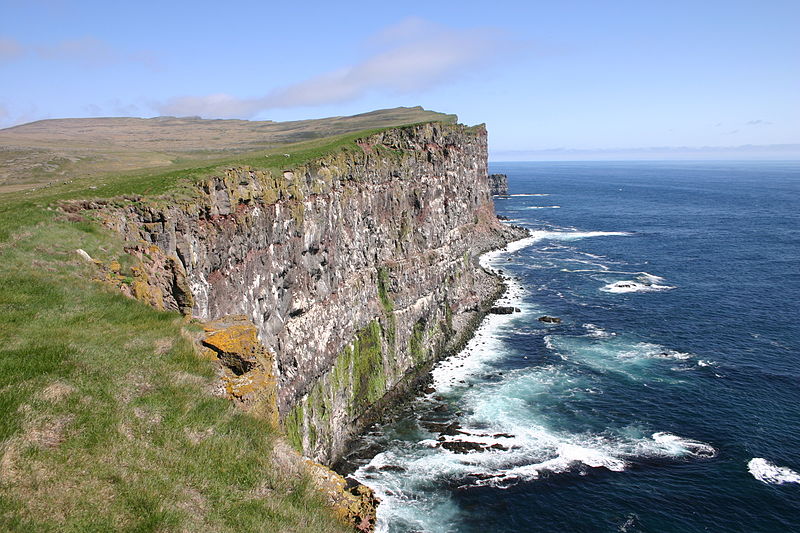
10. Látrabjarg Bird Cliffs
The Látrabjarg Bird Cliffs extends from the lighthouse at Bjargtangar to Keflaví containing some of the westernmost land in Europe. The cliffs run for over eight miles and reach heights over 1,400 feet. The cliffs are legendary for the large number of birds that live on the cliffs. The cliffs contain the largest colony of razorbills in the world. These black and white large waterfowl have an incredible lifespan with some living as long as 38 years. The cliffs also contain an extremely large population of puffins. These black and white birds are present for the entire summer laying their eggs in nests they build on the cliffs and staying to raise their young. The puffins return to the same next every year for life. Visitors are amazed at how close they can get to the puffins because their natural enemy, the artic fox, cannot climb the cliffs. Visitors can hike on top of the cliffs, although many of the best sightings occur near the large modern parking lot.
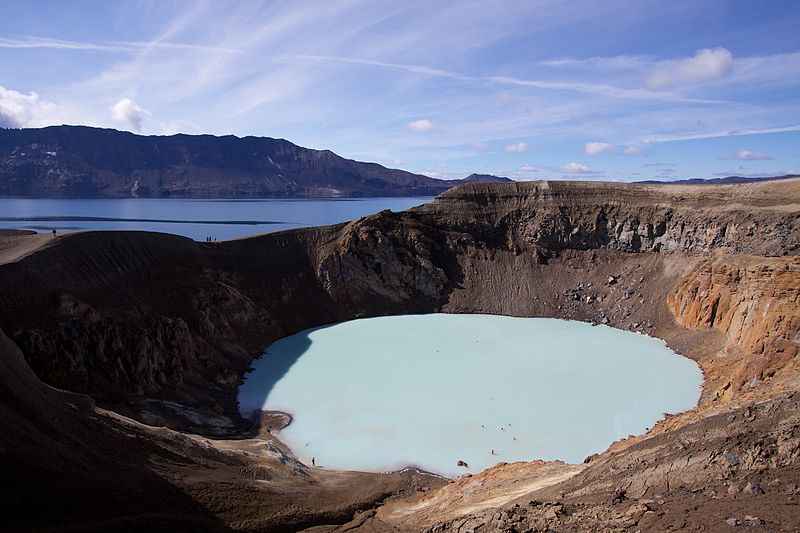
11. Askja
Located within the Dyngjufjöll Mountains, Askja is Iceland’s largest wilderness area. The caldera area was formed by the eruption of a volcano in 1875 that spewed 2 billion cubic meters of pumice and ash in the air leaving behind Lake Öskjuvatn. At approximately 722 feet, Lake Oskjuvath is the deepest lake in Iceland. An easy hike to the explosion crater Víti allows visitors to bath in a natural geothermal hot spring which is about 86 degrees Fahrenheit year round. Legend says that the earliest visitors to the area believed that the lake was the entrance to hell. Viti translated means hell. Visitors should note that this area is only accessible from late June to early October because of weather conditions at the high altitude. The best way to explore this area is on a four by four. This extremely remote area was used to train astronauts from the United States for the first lunar landing mission.
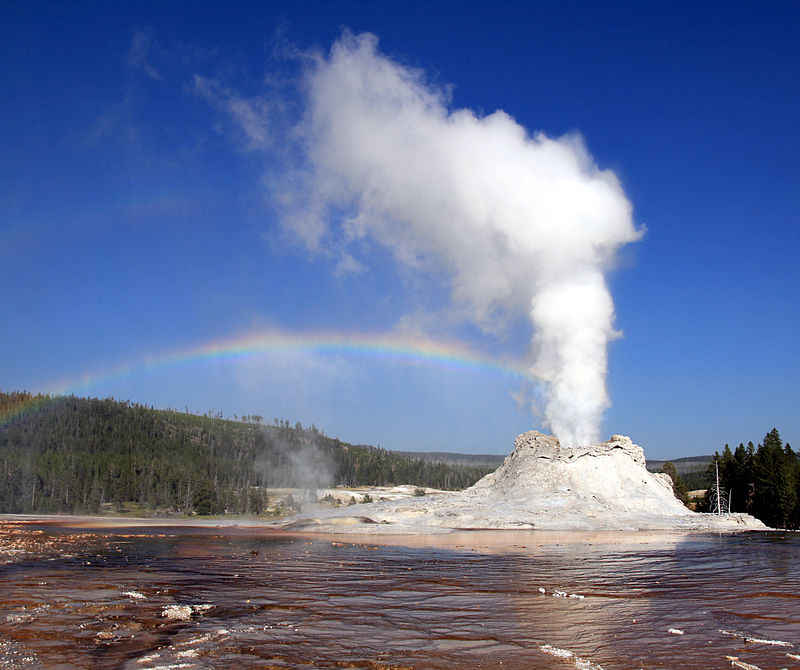
12. Geyser
Geysers were first discovered in Iceland long before other more famous geysers were discovered. The Great Geyser of Iceland has an opening of 59 feet and a 66 foot deep chamber. While this geyser was very active for a period of years spewing every few minutes, this geyser went naturally dormant in 1916. For a few years, people could put soap in the geyser to make it spew, but that is not effective any longer. Visitors are thrilled that the Strokker is located very nearby and erupts its unusually colored sulfurous mud about 66 feet into the air about every five minutes. Located nearby is the Blesi, translated as the Blaze. This area contains two large natural holes separated by a thin piece of earth. One is filled with very deep boiling hot water that is clear in color. The water then seeps through the earth to enter the second hole becoming clear and blue meanwhile.
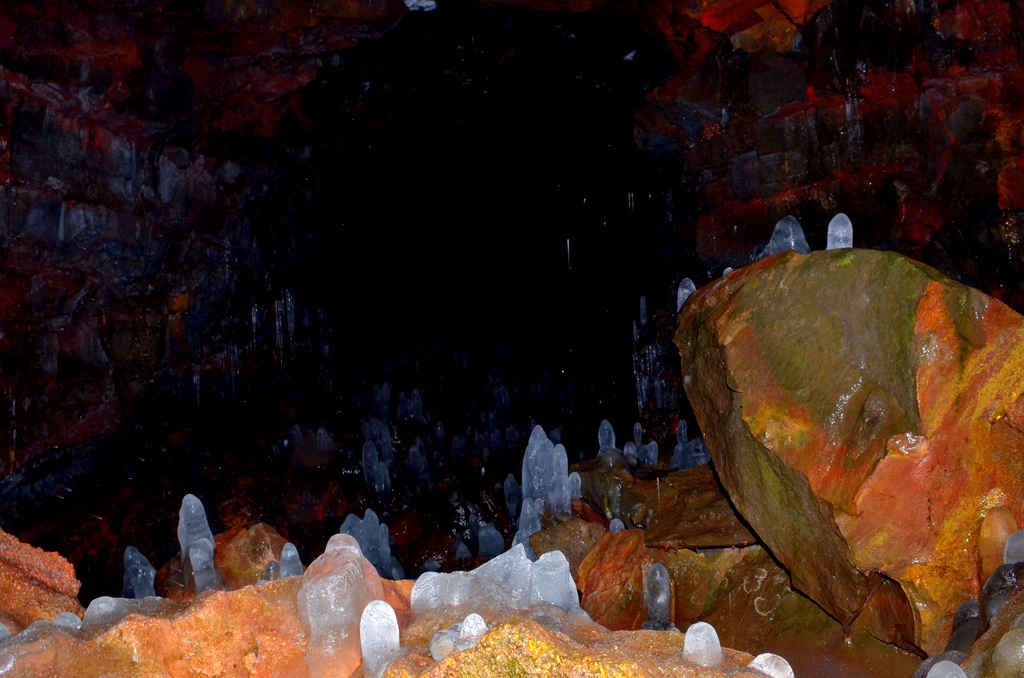
13. Raufarholshellir Cave
The Raufarholshellir Cave is about 4,500 feet long and the opening is about 32 feet high. The cave is about 39 feet below the earth’s surface. Historians believe that the cave was formed about 100 AD by a fissure volcanic eruption. As the lava flowed from the volcano, it formed the cave which people can explore today. Raufarholshellir contains the third largest known cave chamber in Iceland. The cave is open year round. On most days, the rocks in the front part of the cave are covered by ice, while further back, the formations are often covered with ice in the winter months. Therefore, this cave is unique because it is one of the few lava tube ice caves in the world. Legend says that this cave is the burial place of the last Fiery Indians. The legend says that his ashes were brought to the cave by a German friend, and left on a low ledge. The urn was supposedly stolen at a later time.
14. Saeheimar Aquarium
The Saeheimar Aquarium at Vestmannaeyjar is an interesting place to explore what lies under the ground in Iceland. The aquarium houses 12 large sea water tanks with water being pumped into the tanks continually from deep under the aquarium’s surface. In the aquariums live the many species of fish that live in Icelandic waters along with crabs, cuttlefish, shellfish, sea urchins sea anemones, crabs, sea urchins and starfish. Saeheimar Aquarium also has a large mounted bird exhibit showcasing almost every breed of bird found in Iceland along with many bird eggs. There is a special section of the bird exhibit dedicated to puffins. The aquarium also contains a mineral exhibit showcasing minerals found in Iceland. The aquarium is the oldest of its kind in Iceland. Young people are encouraged to come to the aquarium that has many hands-on exhibits. The aquarium is operated by the Research Center of Vestmannaeyj who has plans to expand the museum.
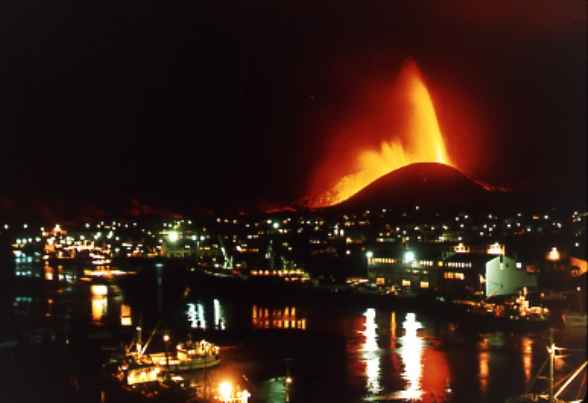
15. Eldheimar Volcano Museum
The Eldheimar Museum at Vestmannaeyj, which opened in May 2014, allows visitors to understand the effect of the volcano that erupted in 1973 lasting five months. The devastation was so severe that many people forced from their homes in the middle of the night were never able to return. The museum is located on the actual slopes of the Eldheimar volcano. Designed to engage guests with hands-on exhibits, the museum has no large blocks of text. Instead, visitors can go through the museum using an audio-guide. One exhibit uses computer graphics to explore a home before and after the volcano erupted. Another exhibit allows visitors to turn a round table to see what happened at various times during the five month period. Visitors can also dig in sand to find hidden buildings following a computer graphic that shows where each house should be located. Finally, visitors can use large blocks to reconstruct the town.
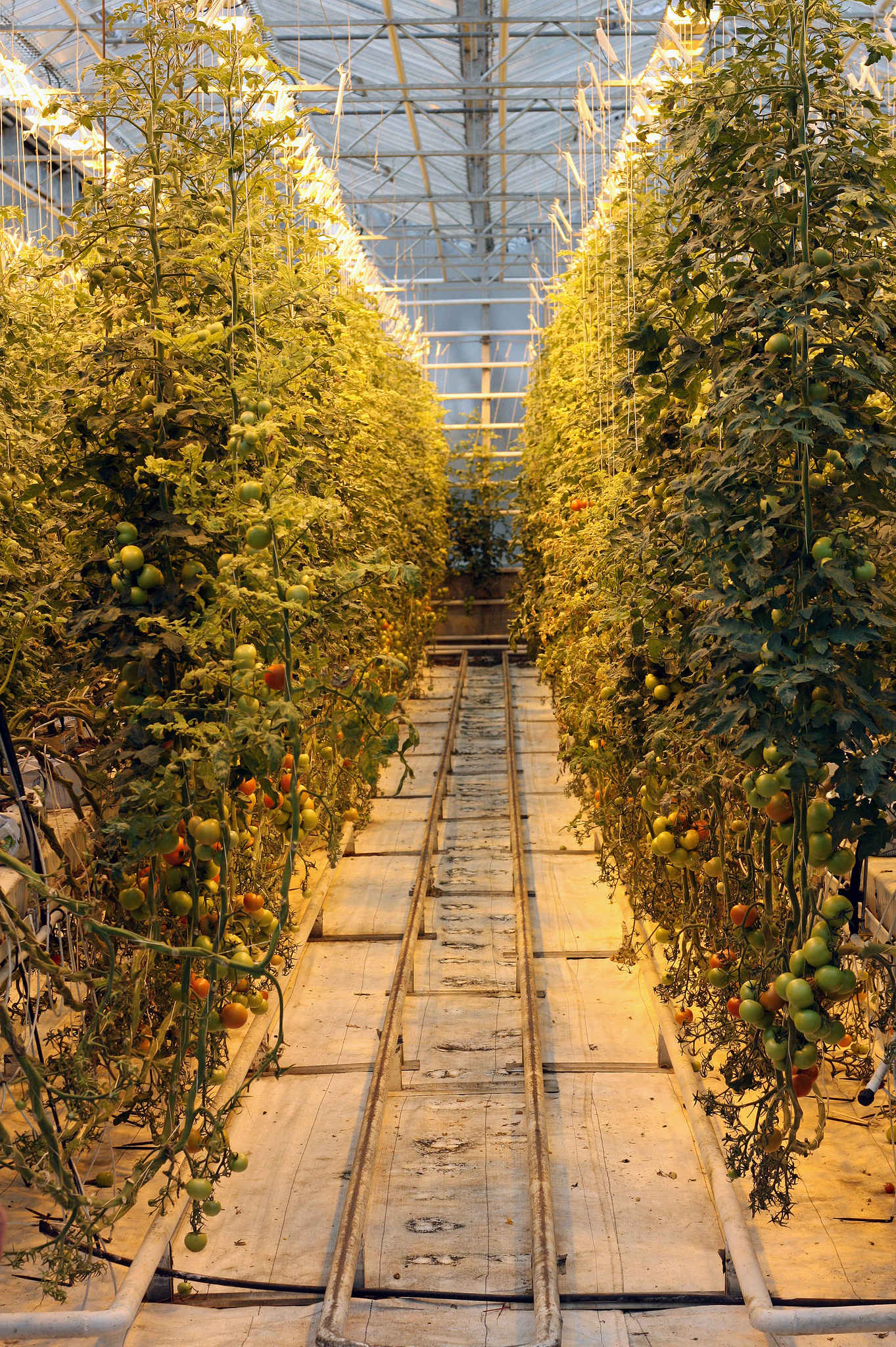
16. Fridheimar
Fridheimar offers a unique experience to their guests. First, guests can enjoy learning how the farm uses greenhouses to raise 10,000 tomato plants. The greenhouses are completely heated with geothermal water captured on the farm and watered with pure water. The tomatoes are also grown using biological pest control techniques that the family learned in Finland. Guests can also learn how the family keeps up with the tomato plants that must be trimmed on a weekly basis. They can listen to a short presentation on how conditions are created in cold Iceland that create a Mediterranean climate where tomato plants flourish. Guests can also enjoy eating lunch right in the greenhouse. All foods are tomato based including green tomato and apple pie and homemade tomato ice cream. Guests can also visit the farm’s horse breeding facilities and on special occasions watch a horse show. The horses are very exciting to watch as they have a very high step and have five gaits as opposed to the normal three.
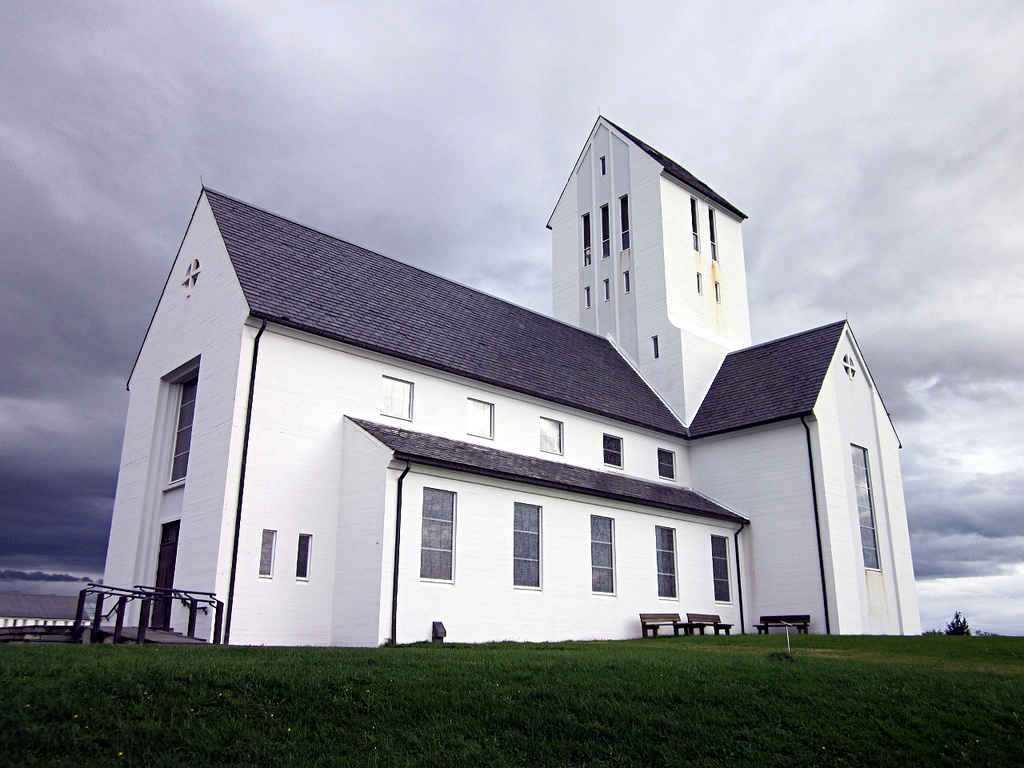
17. Skalholt Cathedral Church
The small Skalholt Cathedral is a fascinating place to visit. The site where the church sits was one of the earliest church sites in Iceland. The modern art style church contains a Gerður Helgadóttir created altar mural. Most of the inside of the church keeps with the stark look found in Lutheran churches making the mural particularly striking. Guests can usually attend Sunday morning worship service along with weekday evening vespers. The church has beautiful stain glass windows. The sarcophagus of Bishop Pail Johnson dating from about 1200 AD are on display. Next to the beautiful white steeple church is a grass roofed home similar to where the bishop would have lived. The building contains no nails, being completely held together with wooden pegs. This well-maintained church is very picturesque making it a beautiful stop for photographers with its white steeple stretching to the sky in contrast to the dark-colored mountains behind it.
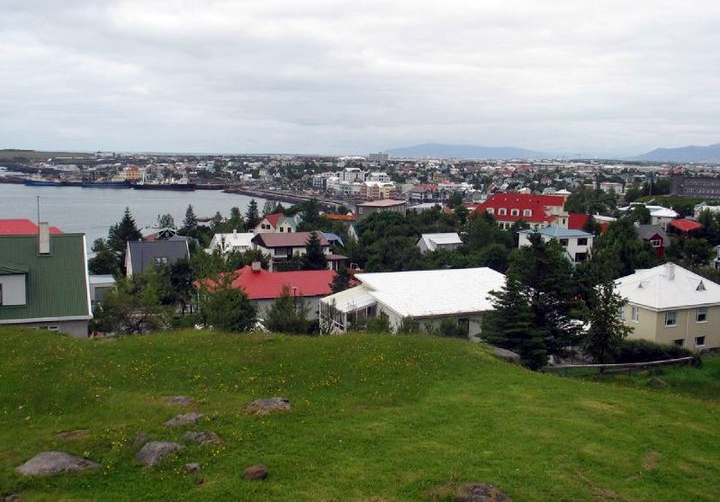
18. Hafnarfjörður Museum
The historical Hafnarfjörður Museum is spread out over several buildings. The best place to start is at the Pakkhúsið with its fascinating look at the history of Hafnarfjörður. Do not miss the toy museum in the attic which will thrill kids of all ages. Next to Pakkhúsið sits the home of merchant Bjarni Sívertsen who was once one of the wealthiest men in Hafnarfjörður. Pay special attention to the beautiful piano and the luxurious drapes. Then, move on to the minuscular restored fishing hut called Siggubæ and imagine an entire family trying to live in this small home. The contrast in lifestyle certainly amazes many visitors as they compare the two homes from the same period. Finally, visit Beggubúð to learn more about the fishing trade that has been so important to the development of Hafnarfjörður. In all the Hafnarfjörður Museum contains six houses. Many times, visitors can also see special exhibits in these fascinating buildings or on the surrounding grounds.
19. Hafnarfjörður Centre of Culture and Fine Arts
Chemist Sverrir Magnússon, and his wife Ingibjörg Sigurjónsdóttir spent their lives collecting fine art and on June 1, 1983, they gave their home and their collection to the city of Hafnarfjörður. Painter Eiríkur Smith along with graphic artists Elías B. Halldórsson and Gunnar Hjaltson have all contributed works of their own creation. Additionally, many members of the city have given works of art or the money for the museum to purchase additional work. The museum regularly hosts artist talks and offers 10 to 12 art exhibits each year. If you are looking for something different to do at lunchtime, then the museum frequently hosts contemporary lunchtime concerts. The museum also features workshops where participants can learn different arts. Furthermore, the museum regularly hosts art walks through the Hafnarfjörður community. The museum also invites an artist from outside Iceland to live in and work at the museum for a very low cost.
20. Vikin Maritime Museum
At the Reykjavik Maritime Museum, visitors can see the Coast Guard vessel Óðinn in a specially created harbor. This vessel participated in all three Cod Wars, as well as towing over 200 vessels to safety. The first steel ship ever built in Iceland, the tugboat Magni, is docked next to the Óðinn. The museum also features an interactive exhibit on the building of the Reykjavik Harbor that changed the course of the city’s history. A third permanent exhibit features the development of Iceland’s fishing boats from small rowboats to large trawlers. Part of the fun of this last exhibit is that it is housed partially in Bryggjusalurinn, the formerly largest fish processing plant in Reykjavik allowing attendees to walk on wooden planks. Visitors enter this part of the exhibit through the historic Gullfoss steamship that was originally constructed in 1915.Guests can also watch fish be fed in the harbor while listening to presentations from the museum’s staff.

21. The Freezer Theatre
The Freezer Theatre sits inside the Snæfellsjökull National Park. The theater regularly presents shows written at the theater bringing local stores and legends to life. Housed in a former fish factory, the theater also offers a hostel where guests can stay, have an awesome homemade breakfast and visit with other travelers. Additionally, the theater offers two rooms for artists in residency. The application process is quite simple with the applicant suggesting a play that they would like to produce. The Freezer Theatre may be small, but it has all the technical equipment found in much larger theaters. The natural beauty of the Freezer Theatre’s setting inspires many artist to produce their best work and the local residents love to work with these actors in residency. Performances at The Freezer Theatre are often done in both English and Icelandic. Additionally, the theater often offers Icelandic language classes for those who want to learn the local language.
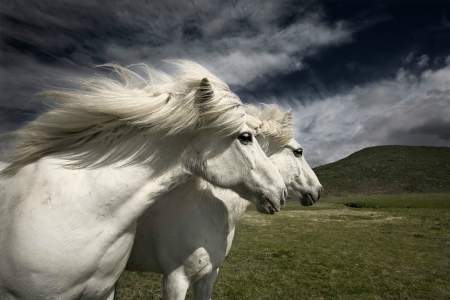
22. Fákasel Horse Park
As you travel across Iceland, you may see one of the many beautiful Icelandic horses. It is the only breed in Iceland and the most pure breed in the world. A great place to learn more about Icelandic horses is at Fakasel Horse Park. Visitors to the park can watch the thrilling 45 minute theater performance that tells the story of this breed on the largest stage in Iceland. All Icelandic horses come from Norse horses that were imported into the country in the ninth and 10 centuries. The performance is done using the most modern equipment possible. Before or after the show, tour the barn and meet the horses that are the stars at the Fakasel Horse Park. Additionally, watch the horse perform its unique movements. While most breeds have only three breeds, this breed has five. Guests can also enjoy a gourmet meal at the facility’s restaurant where the chefs lovingly prepare great food using local produce.
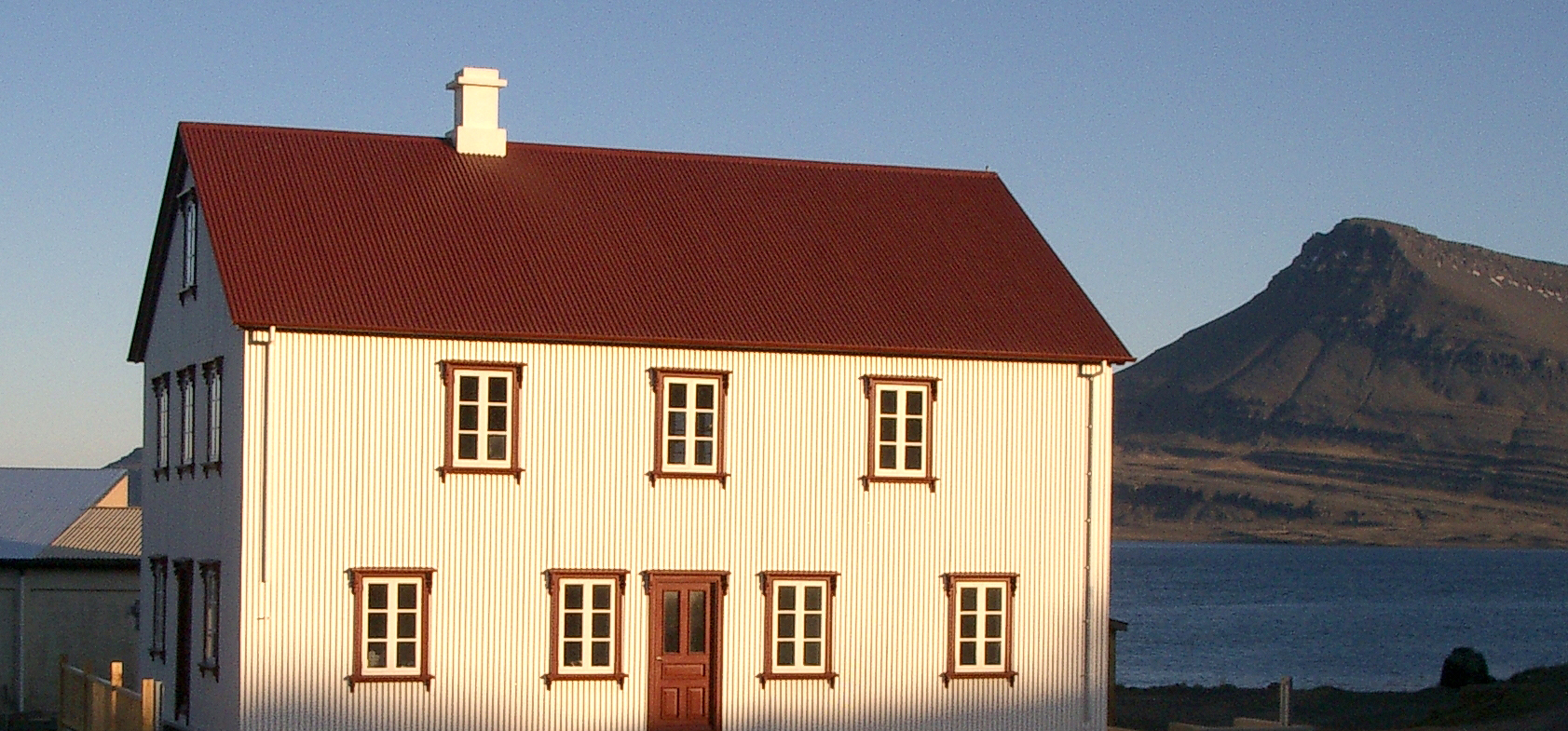
23.Breiðdalssetur Research and Heritage Centre
The Breiðdalssetur Research and Heritage Center is located in one of the oldest houses in Breiðdalssetur. The building, originally a family home, was constructed in 1906. The museum’s mission is to bring east Iceland’s history to life. One of the main focuses of the museum is the work of George Patrick Leonard Walker who worked to develop a new way to classify volcanoes. His plans, if adopted, might have allowed scientists to recognize when a volcano was going to erupt sooner. Mr. Walker also worked to identify many minerals throughout Iceland before eventually becoming a professor at the University of Hawaii. The museum also focuses on the work of Stefán Einarsson who taught at John Hopkins University. After growing up near the museum, Mr. Stefán Einarsson became known as one of the foremost authorities in the world in Old Norse linguistics. The museum which is only open during the summer months and by appointment also offers local history exhibits.
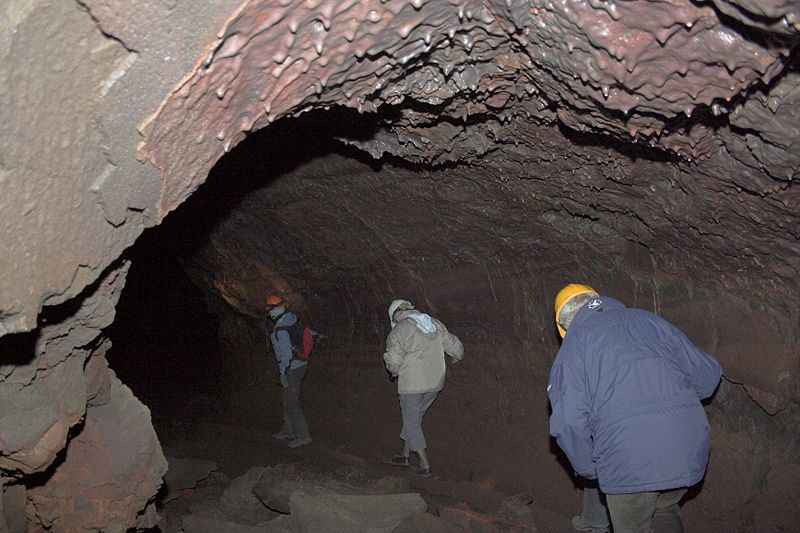
24. Hallmundarhraun Ice Field Caves
The Hallmundarhraun Ice Field contains three ice caves that are very popular places for exploration. It is believed that the lava tubes that are found here were formed in about 980 as Norseman were first exploring Iceland. In fact, legend says that long ago thieves may have hid in these caves to escape capture. The largest ice cave in Hallmundarhraun Ice Field is Surtshellir which is over two miles long. This cave contains five large skylights where the molten lava has collapsed leaving the cave exposed to the ground above. The largest part of Surtshellir is over 30 feet in height but many areas of the cave are much shorter. Not quite 100 miles away, lies Cave Stefanshellir. This cave is not quite 5,000 feet in length with a smooth floor making it much easier to explore than the other two caves. Although further away, the main room in Cave Vidgelmir is taller and wider than in either of the other caves. The entrance to Cave Vidgelmir is very narrow making it a challenging cave to explore.
25. Museum of Icelandic Sorcery and Witchcraft
The Museum of Icelandic Sorcery and Witchcraft is a superb place to learn about traditional practices of casting spells. In fact, the details given to visitors to this museum are simply amazing. Visitors to the museum even learn about the early practice of carrying certain skin parts to increase a person’s wealth. Most of the exhibits focus on the 17th century. Historical documents are on display showing the supposed evidence that led the city to burn witches near the site of this museum. Despite its size, the grimoires at this museum are recognized as some of the best on public display in the world. All exhibits have explanations written in Icelander, but guests can request a guide book written in various languages. Next to the museum, and operated by the same friendly people, is a delicious restaurant serving traditional Icelandic dishes. When you go to this museum, make sure to try some of the mussels and clams, but absolutely make sure you leave room for the homemade rhubarb cake.

26. Arctic Fox Centre
Located in the stunningly beautiful Eyrardalsbæ house in Eyrardal – Súðavík, visitors can learn more about the artic fox, the only terrestrial mammal in Iceland. Locals have been fighting an 1100 year war to try to live in peace with this animal. From May to December, orphaned artic fox are often brought to the center for rehabilitation. The center’s volunteers also help people understand the biology, habits, and habitats of the artic fox. Additionally, the museum helps to monitor the artic fox population on the nearby nature preserve. Delighting many visitors are the artic fox taxidermy that is on display. The center strives to display a stuffed artic fox in every color to show the great variation. The center also displays many traditional and cultural items related to hunting artic fox. Hungry visitors will be glad that the center also has a cozy café where vegetarian options are served along with homemade pastries.
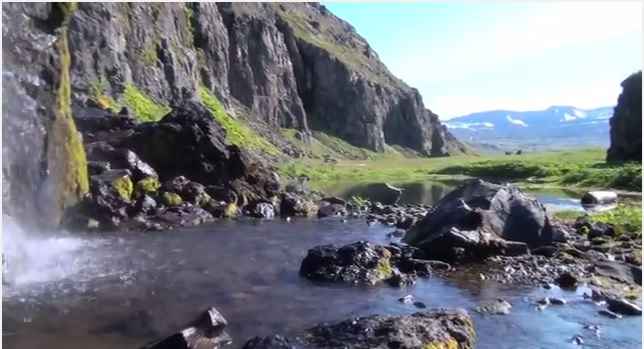
27. Hornstrandir Nature Reserve
The Hornstrandir Nature Reserve is a beautiful place to explore the beauty of Iceland. This island is only accessible by boat, and those wishing to stay here overnight must bring a tent. In the past, the island was popular with outlaws who would board boats here to get away to foreign countries. Residents also had to be ready to defend themselves against attacks by polar bears. Today, the beautiful island is home to over 260 species of flowering plants and ferns. The heavy snowfall makes these plants extremely rare and delicate. Among the most beautiful flowers found here are the beautiful purple sea pea and the green sea lungworth. The reserve is also a popular nesting ground for over 30 different species of birds. Many other species of birds visit the island on their annual migration. Snow can be expected on this reserve at any time throughout the year, so warm clothes are a necessity. Most of the island is open for tent camping.
28. The Saga Centre
The Saga Center is a great place to learn about epic Icelandic sagas and Njals literature. During your tour of this small center, you will learn many of Iceland’s ancient stories and Viking cosmology. While the most famous of these stories are written in the thirteenth century, they focus on the eleventh century. The center is a great place to learn about the people living in Iceland at that time. In another part of the center, visitors can learn about the cooperative society that existed in Iceland throughout much of the twentieth century and its impact on trade and commerce. At the center, visitors can also learn about where the most important scenes were set and how to get to those settings today. All of this happens inside a building that is designed to look like a Viking hall. The center also invites you to take part in its unique tapestry project.
![Snaefellsjokull National Park By Axel Kristinsson from Reykjavík, Iceland [CC BY 2.0 (http://creativecommons.org/licenses/by/2.0)], via Wikimedia Commons](https://thebitetour.com/wp-content/uploads/2015/07/Snaefellsjokull-National-Park.jpg)
29. Snaefellsjokull National Park
Snæfellsjokull Glacier located in Snaefellsjokull National Park is one of the most striking natural features on earth. This glacier that has lied dormant for about 1800 years is believed by many to produce natural energy in a person’s body. Hikers can hike the glacier which covers a cone-shaped volcano and reaches 4,745 feet into the air. The park is also home to Saxhóll volcano crater. Some believe that this crater is the entrance to the center of the earth. Legend says that one of the first settlers in the area was Bárður Snæfellsás who was extremely large and was a musician. A visit to Sönghellir within the Snaefellsjokull National Park allows you to hear unusual sounds coming from this cave. Make sure to yell and listen carefully. As you enter the cave, pay attention to pictographs on the wall as they may be some of the oldest in Iceland. A hike to the beautiful Rauðfeldargjá waterfall is also a wonderful adventure.
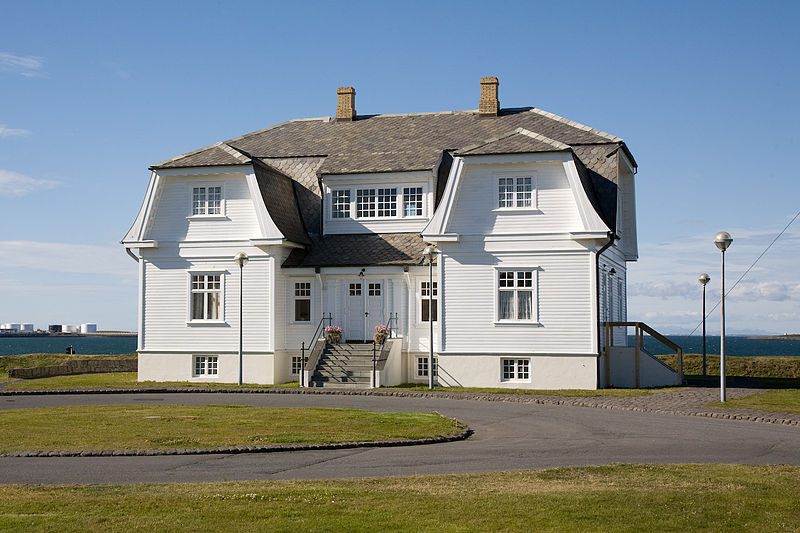
30. Hofdi House
The Hofdi House was constructed as the base for the French Consulate in Iceland. In fact, the French might still own the house, except that it is supposedly inhabited by a ghost known as the White Lady and the ambassador refused to stay in the house any longer. It was the site of the first telephone call between Iceland and the outside world in 1915. Over the years, the house has been inhabited by many important dignitaries including the Queen of England and Winston Churchill. In 1986, President Ronald Reagan and President Mikhail Gorbatsjov met in this house in a historic meeting that resulted in the ending of the Cold War. The beautiful sculpture outside the house depicts Norway’s settlement in Reykjavík. While visitors can only enter the house for special occasions, the lush grounds of the property are a wonderful place to picnic and the house’s unique construction can be explored from the outside.
Iceland is a beautiful country with lots of choices to explore. The country’s natural beauty is unsurpassed. That natural beauty encourages a person to reconnect with their inner self. Additionally, Iceland has many unique museums that help a visitor understand the history of this country better. Most of those museums are staffed by friendly people who welcome you to visit. The avid outdoors person finds many opportunities to hike in Iceland. Ice caves, craters and geysers are all waiting to be explored.
* 1984 BA Elementary Education/ Special Education Univeristy of Northern Iowa
* 2002 Started writing own blog
* 2012 Started writing professionally.
Check out these amazing hotel deals!
- Save up to 30% on your hotel in Hawaii!
- Last-minute holiday hotel deals
- Top hotel deals for a new year trip
- Visiting Paris? Find the Best Deals & Reviews at TripAdvisor.
- Save 30% on hotels in Ocean City, Maryland...a TripAdvisor Top 10 Summer Destination!
- Save up to 30% on your hotel on your Winter Vacation!
- Find top-rated hotels at the lowest prices on TripAdvisor. Check rates now!
- Save up to 30% on hotels for a romantic getaway!!
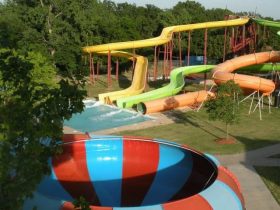
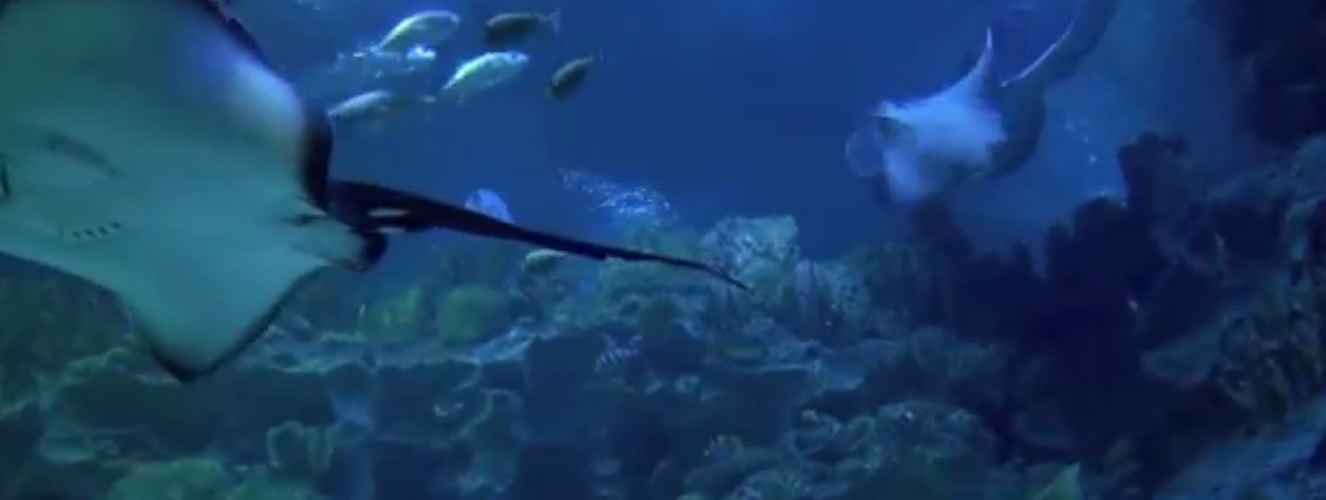
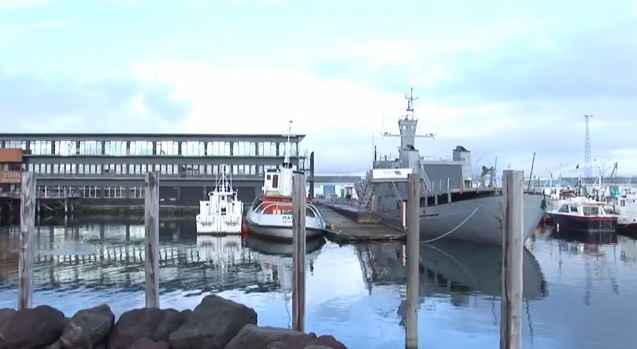
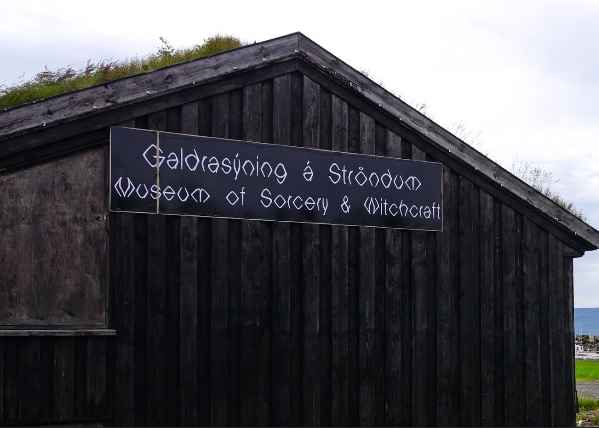
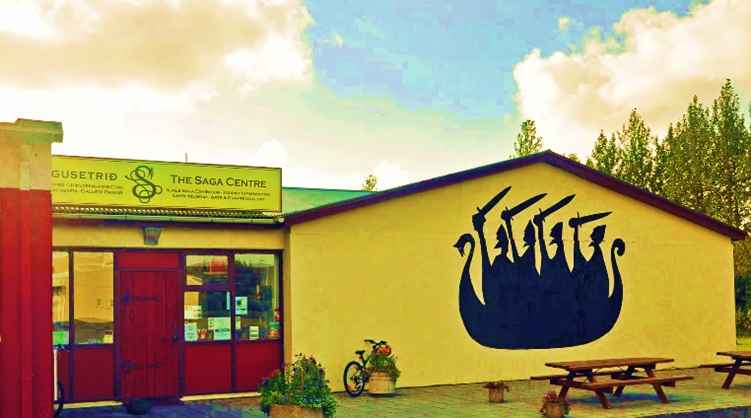
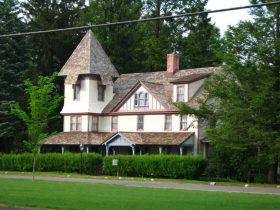
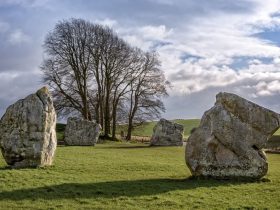
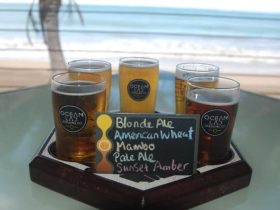
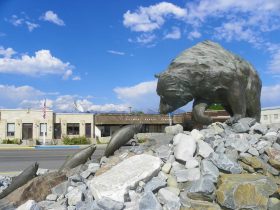
Find Us on Socials